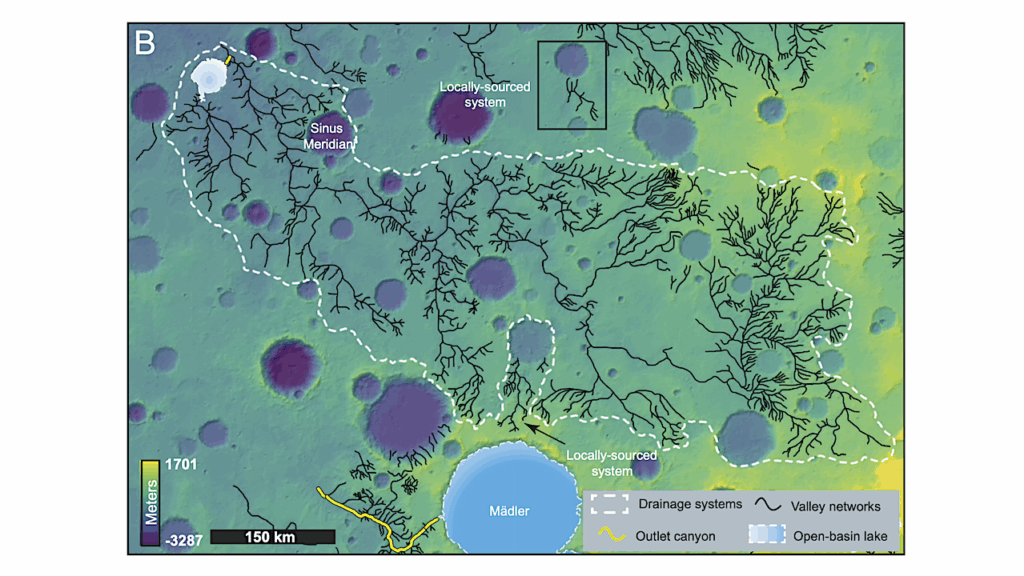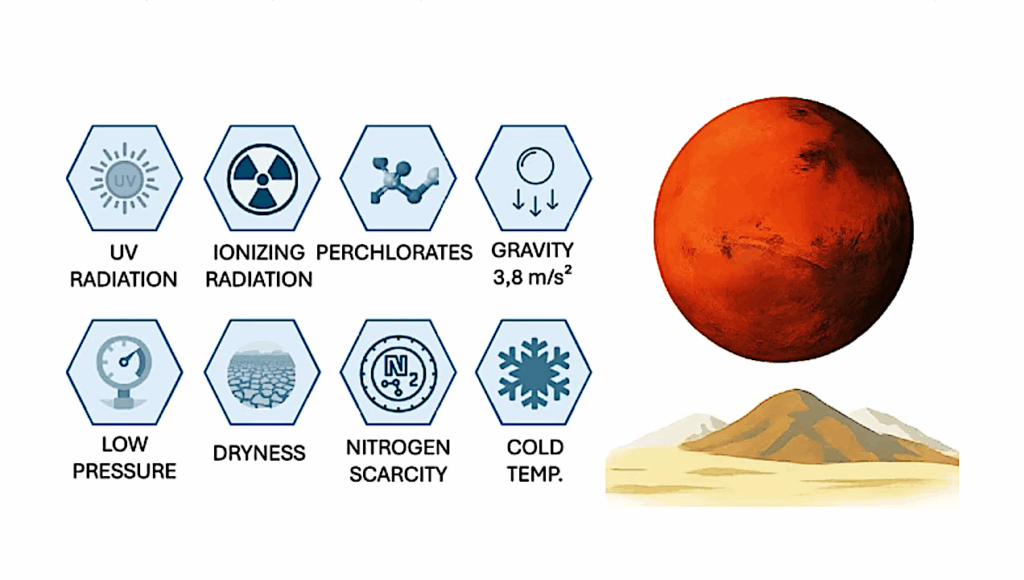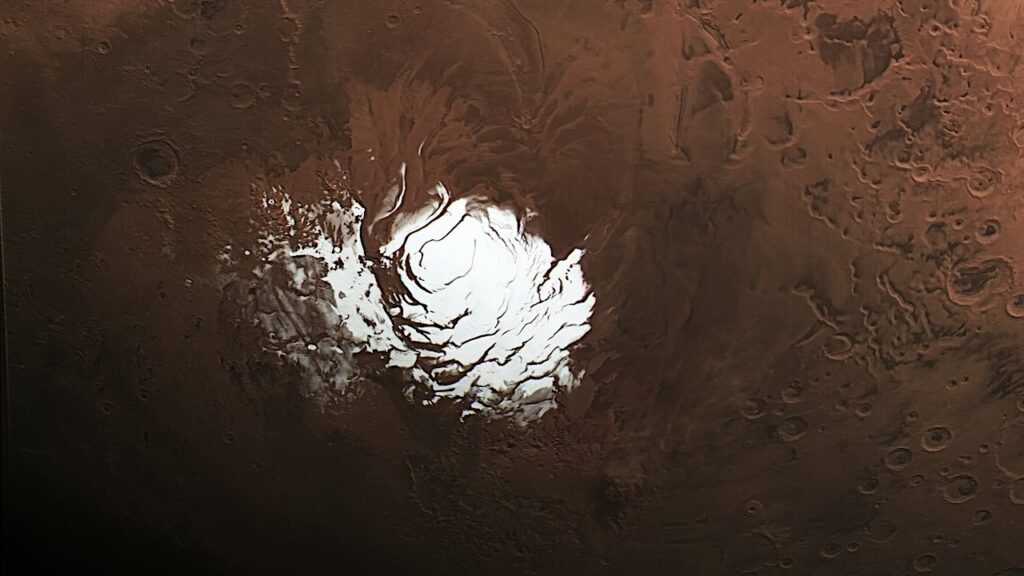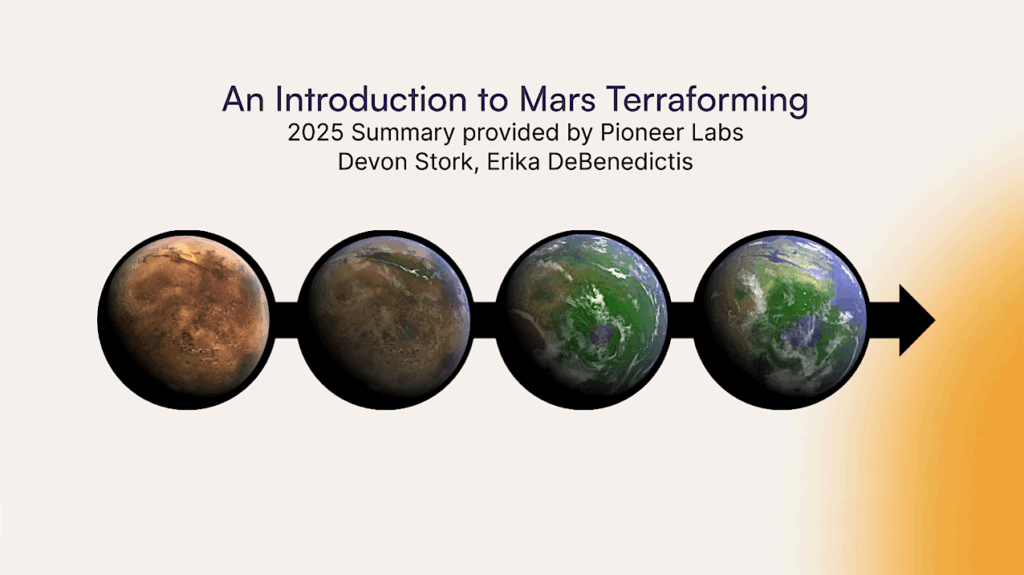Enabling Martian Habitability With Silica Aerogel Via the Solid-state Greenhouse Effect

The low temperatures and high ultraviolet (UV) radiation levels at the surface of Mars today currently preclude the survival of life anywhere except perhaps in limited subsurface niches.
Several ideas for making the martian surface more habitable have been put forward previously, but they all involve massive environmental modification that will be well beyond human capability for the foreseeable future. Here we present a new approach to this problem. We show that widespread regions of the surface of Mars could be made habitable to photosynthetic life in the future via a solid-state analogue to Earth’s atmospheric greenhouse effect.
Specifically, we demonstrate via experiments and modelling that under martian environmental conditions, a 2 to 3-cm thick layer of silica (SiO2) aerogel will simultaneously transmit sufficient visible light for photosynthesis, block hazardous ultraviolet radiation, and raise temperatures underneath permanently to above the melting point of water, without the need for any internal heat source. Placing silica aerogel shields over sufficiently ice-rich regions of the martian surface could therefore allow photosynthetic life to survive there with minimal subsequent intervention.
This regional approach to making Mars habitable is much more achievable than global atmospheric modification. In addition, it can be developed systematically starting from minimal resources, and can be further tested in extreme environments on Earth today.
R. Wordsworth, L. Kerber, C. Cockell
(Submitted on 22 Jul 2019)
Comments: 15 pages, 5 figures, published in Nature Astronomy July 15, 2019
Subjects: Earth and Planetary Astrophysics (astro-ph.EP)
Journal reference: Nature Astronomy, 2019
DOI: 10.1038/s41550-019-0813-0
Cite as: arXiv:1907.09089 [astro-ph.EP] (or arXiv:1907.09089v1 [astro-ph.EP] for this version)
Submission history
From: Robin Wordsworth
[v1] Mon, 22 Jul 2019 02:34:04 UTC (1,526 KB)
https://arxiv.org/abs/1907.09089
Astrobiology








